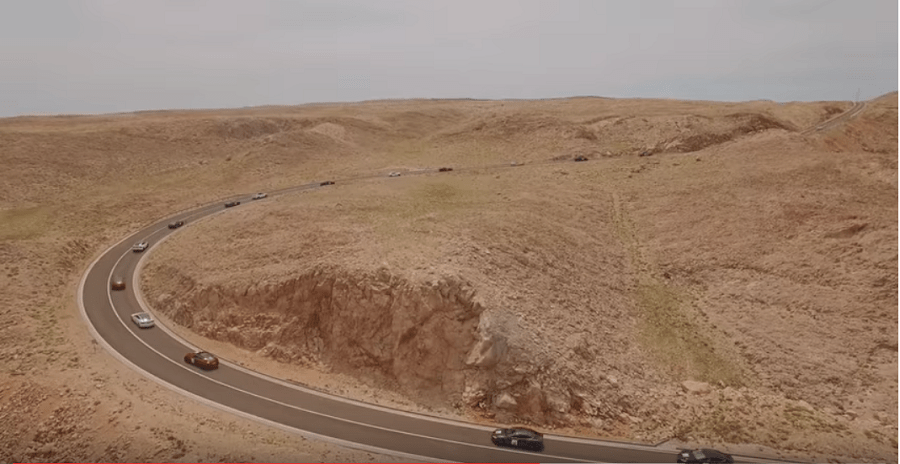April 8, 2018 - Taking a closer look at the fascinating island of Pag, which offers much more than cheese, lamb, bura and party, as TCN found out on the recent Gastronaut trip to the Dalmatian island.
The island of Pag has always been something of an enigma to me and not an island I know well.
The only time I have visited Pag was last year on the outstanding Nikola Tesla EV Rally, and it truly did feel like walking on the surface of the moon, as we drove off the ferry. Was this really lush Dalmatia?
And so I was delighted to accept an invitation from the fabulous Karin Mimica from Gastronaut to take part in a 48-hour journey of the gourmet and cultural highlights of the island of Pag. And what a journey it was. I was fortunate to have TCN Feature Writer Nikolina Demark in tow, who has written a series of excellent and very detailed articles already, which I shall link to for more information as we embark on our journey.
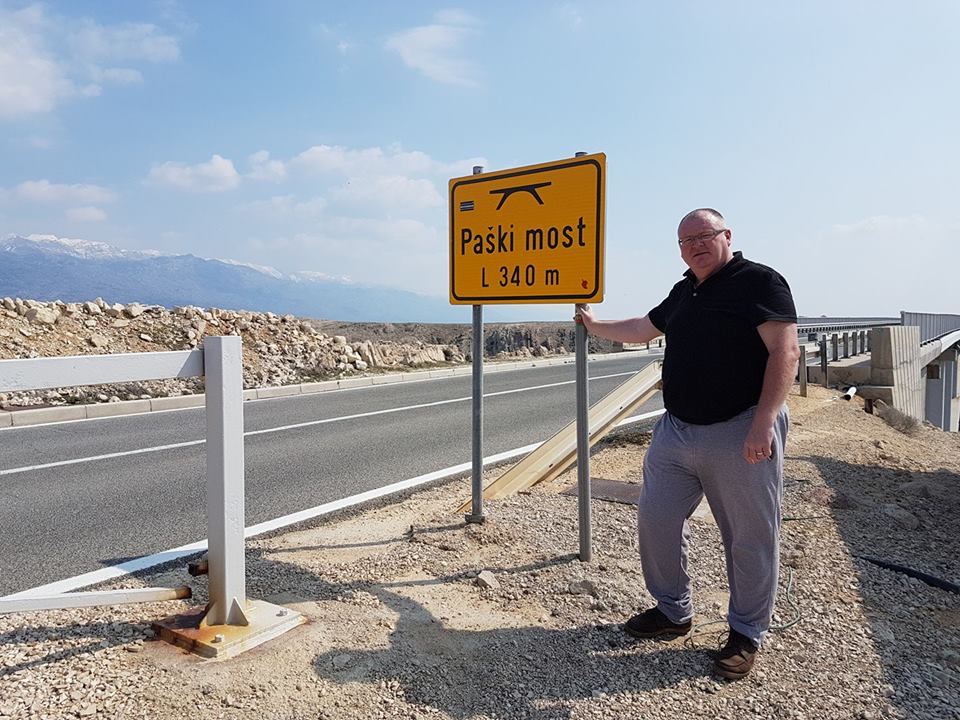
First up, Pag's famous entrance point - Paski Most, or Pag Bridge, which connects the island to the mainland not far from Zadar. It is also the symbol of the fierce bura wind, which is the reason why much of Pag is bare of any vegetation whatsoever. So strong is the bura on Pag that it even brings down wind turbines.
As a man who prides himself on wearing short sleeves in all conditions (#ForeverKratke), I came prepared to take stand on the bridge to see if my short sleeves could handle it, but we had missed the bura by 24 hours.
Here is a taster above, a mere 216 km/h, and while Hurricane Irma was battering the Caribbean, the bura was actually blowing harder at the time.
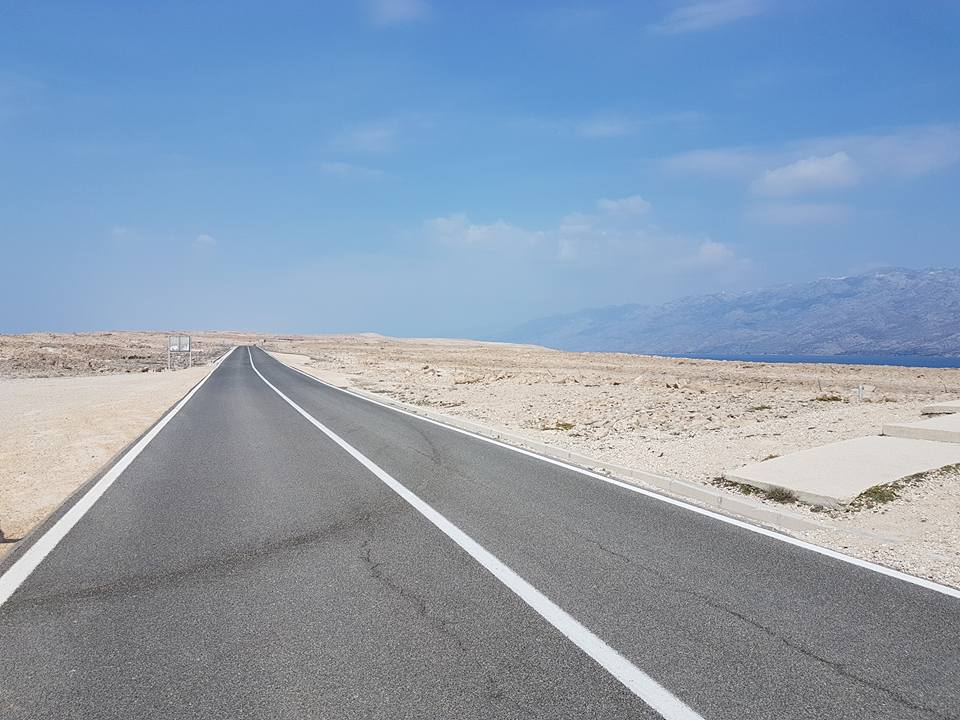
The road ahead. How on earth could there be any gourmet or cultural treasures on this island?
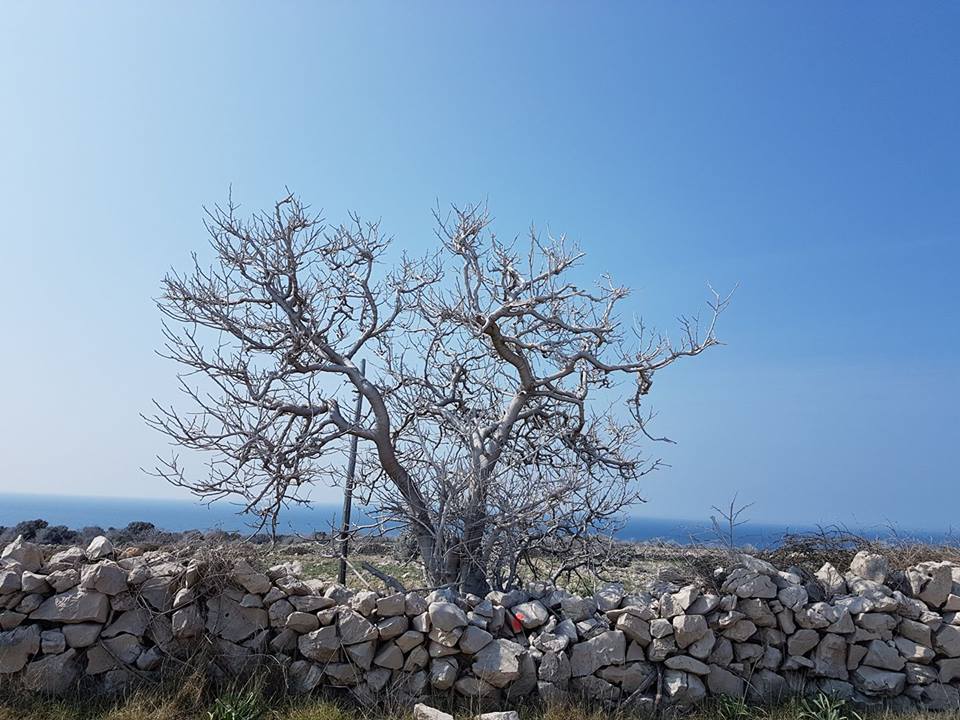
Vegetation did appear, of course, in the less exposed parts of the island, parts of which were very lush indeed, but many of the trees had a very frosted look - salt. Very pretty, and just one more anomaly to this fascinating place. What would be around the corner?
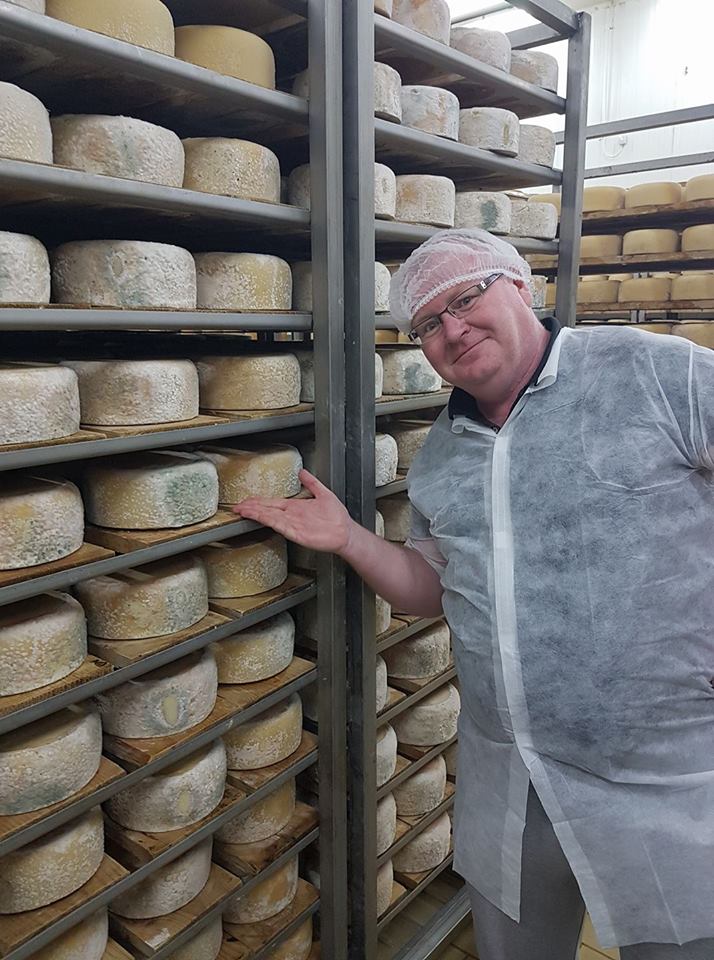
Cheese.
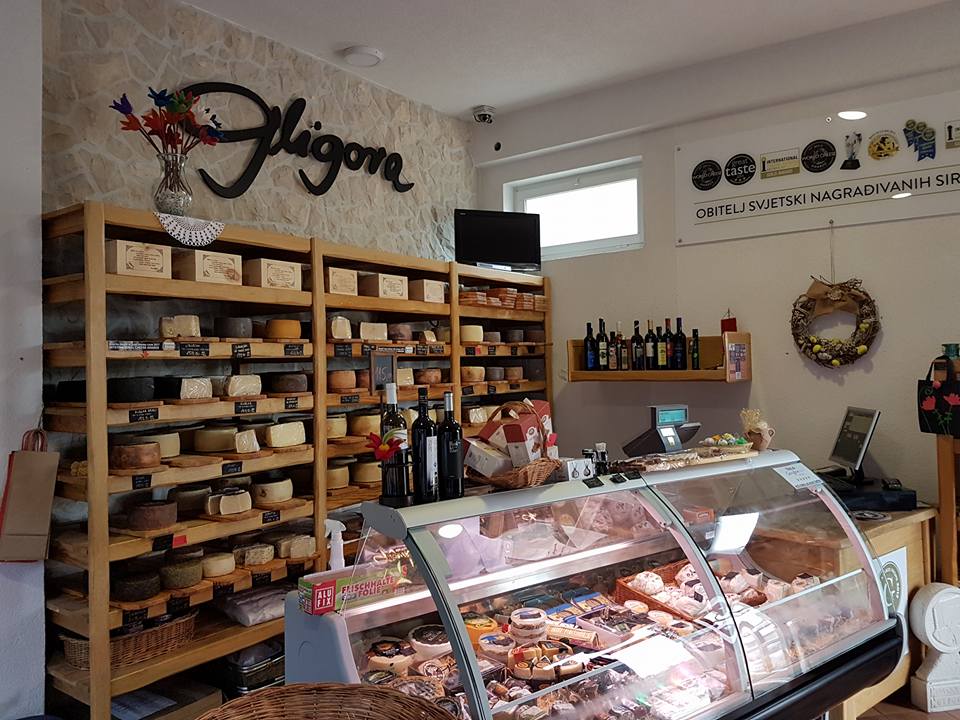
With more than 35,000 sheep roaming freely around the island, coupled with its unique climatic conditions, Pag is a world player when it comes to sheep cheese, with both Paska Sirana and Gligora regular international medal winners. Learn a lot more from Nikolina's feature on the cheesemakers of Pag.
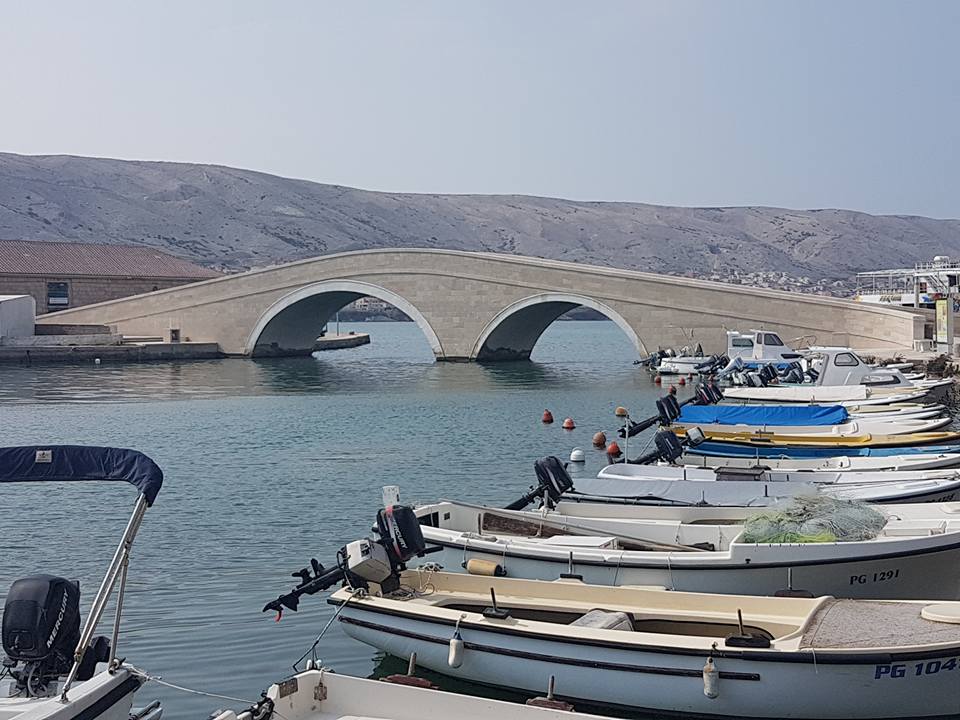
I had no concept of what the towns of Pag might look like. All new-build, or was there anything ancient?
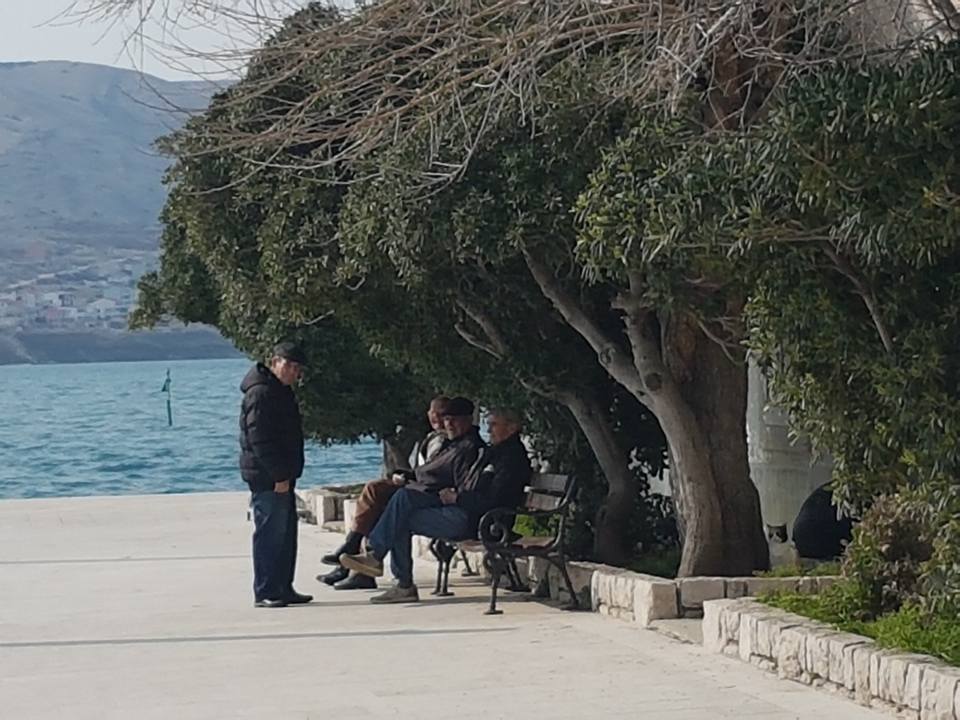
Before we come to that, my obsession with the benches of Dalmatia reached new levels of envy - what a spot!
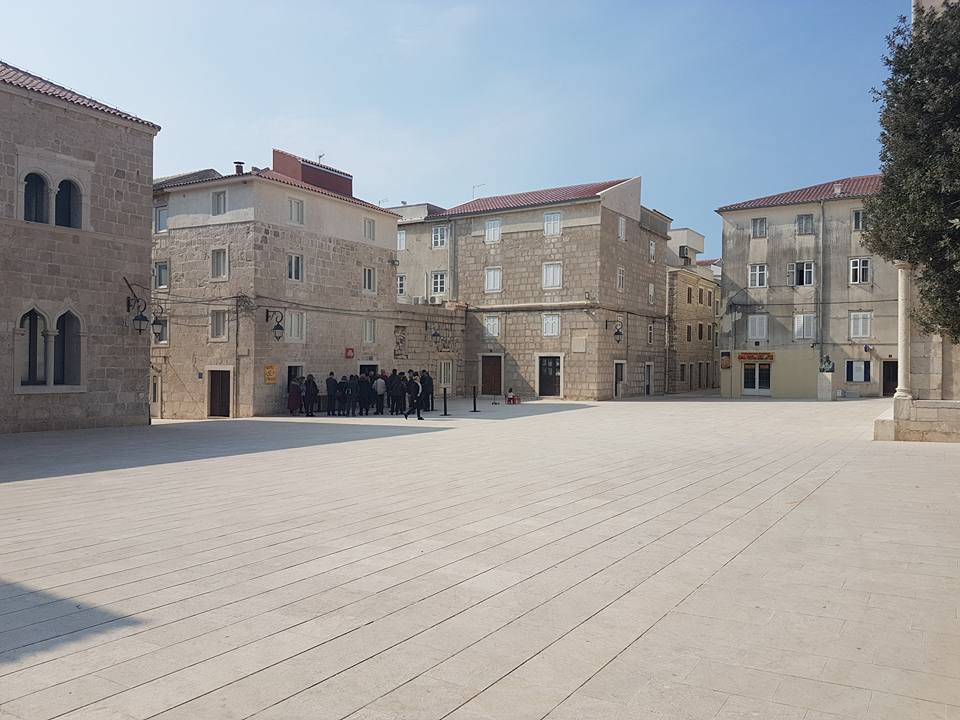
The main square in Pag Town. Spectactular.
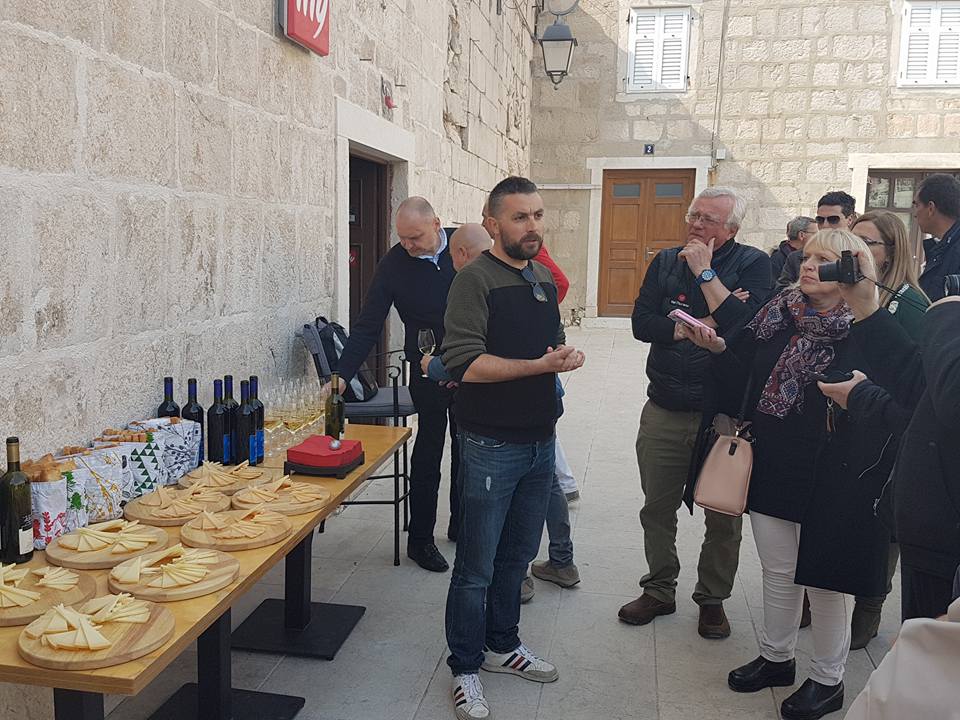
Where Matko from the first wine bar on Pag was ready to greet us and give us an introduction to the wine and cheese of the island. His wine bar is called Trapula, or Mousetrap. If every mousetrap was as enticing as his, I would eat the cheese every time.
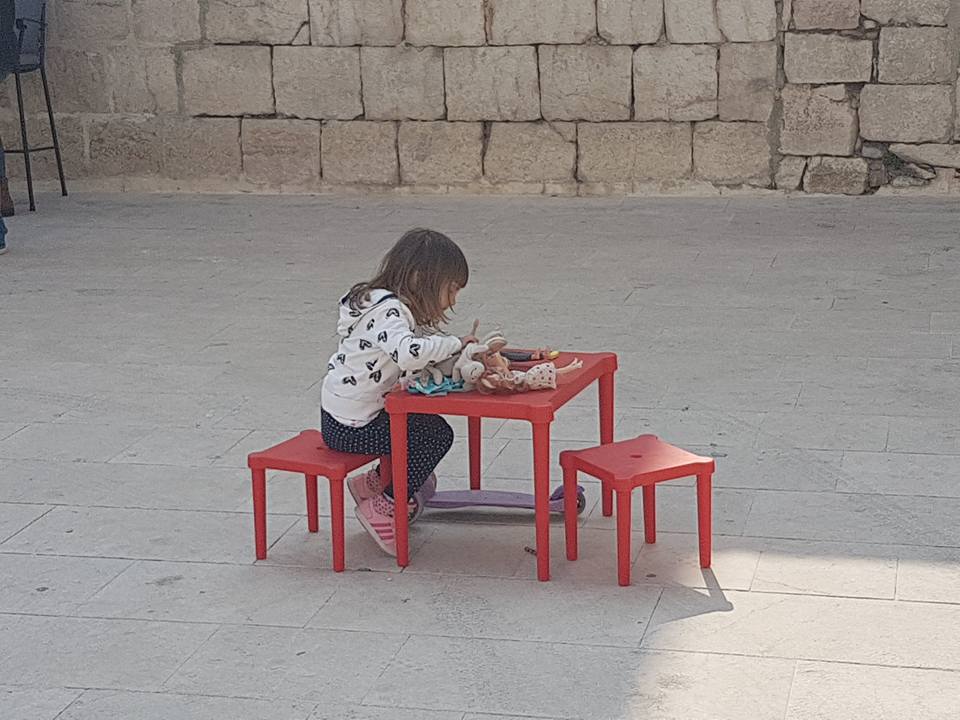
The moon landscapes long forgotten, I was back in the square in Jelsa in my head - the Mediterranean as It Once Was, a safe and natural haven for your kids to grow and play. Trapula, the next generation, was busy making plans on how she would expand Daddy's business. What a wonderful addition Trapula is to the Pag tourism scene. In addition to the island wines, they have a list of over 40 from other parts of Croatia. Located on the main square, they are easy to find, and a warm welcome is assured. I will be back.
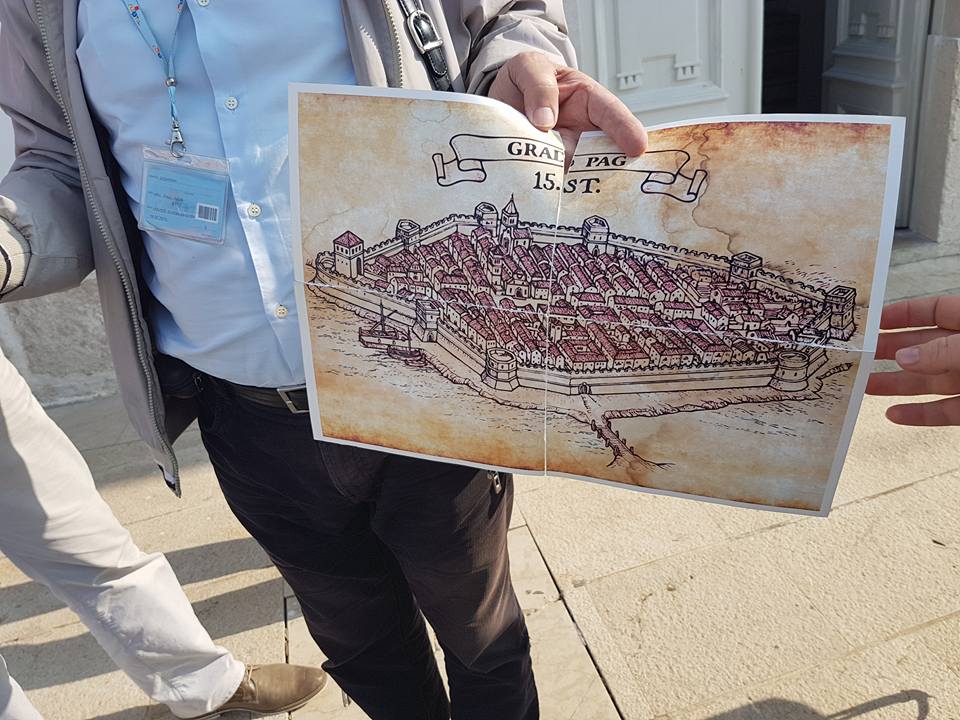
And then perhaps the biggest surprise. This is how Pag Town looked in the 15th century, with echoes of Dubrovnik. Had the walls all been blown away by the bura? Find out more in Nikolina's piece on Pag Town.
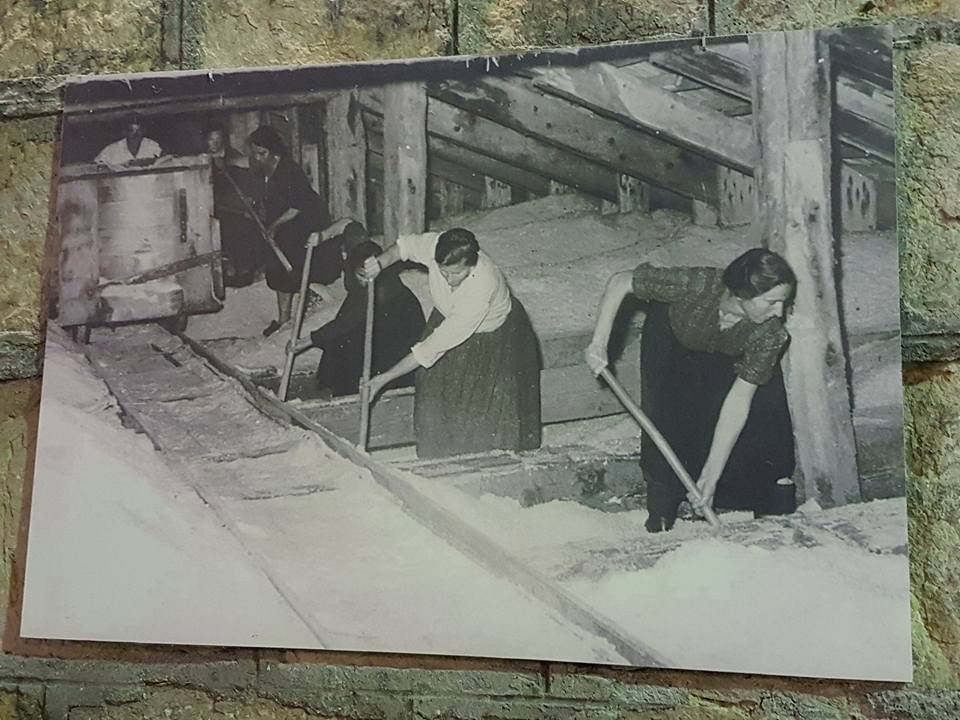
Pag's famous salt pans are by the road and plain to see, but even more interesting is the salt museum in Pag Town, about which you can learn more from Nikolina here. But not, perhaps, before you have paid a visit to the Pag lace museum next to Trapula on the main square, for Pag is one of three locations in Croatia (Lepoglava and Hvar Town are the others) whose lace is inscribed as UNESCO intangible heritage. Take a peek into the Pag lace museum here.
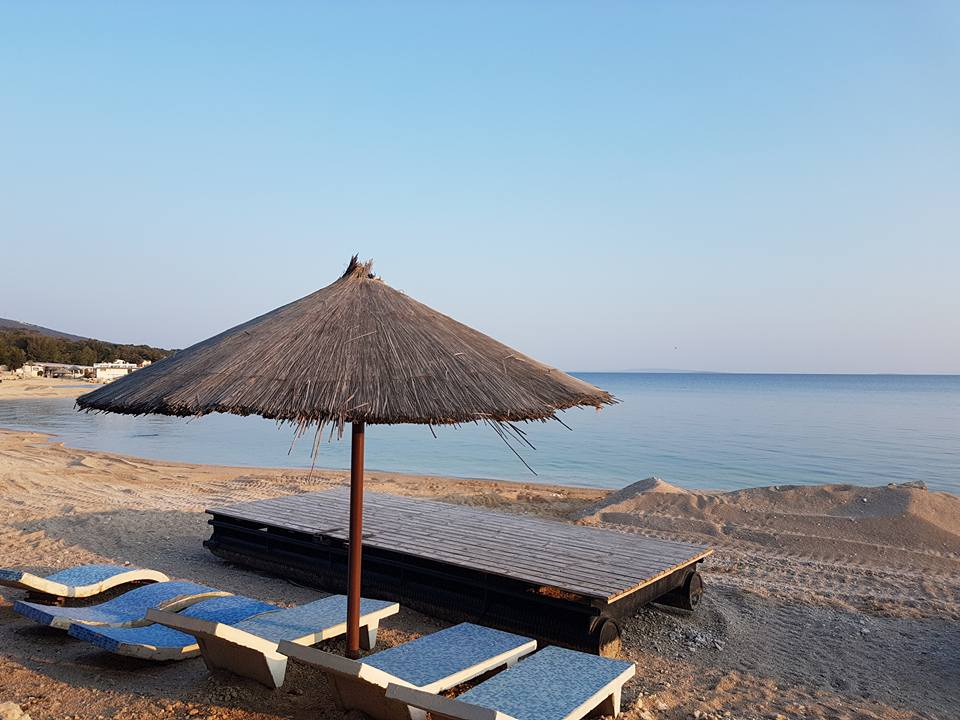
I was curious to see where they would be accommodating our party of 25 journalists during the trip, and was then very surprised to find myself at a massive camping facility I had never even heard of. The Simuni Camping Village is open all year, with a mixture of camping and bungalows. I can only imagine what it is like in the summer, but the off-season peace was rather pleasant.
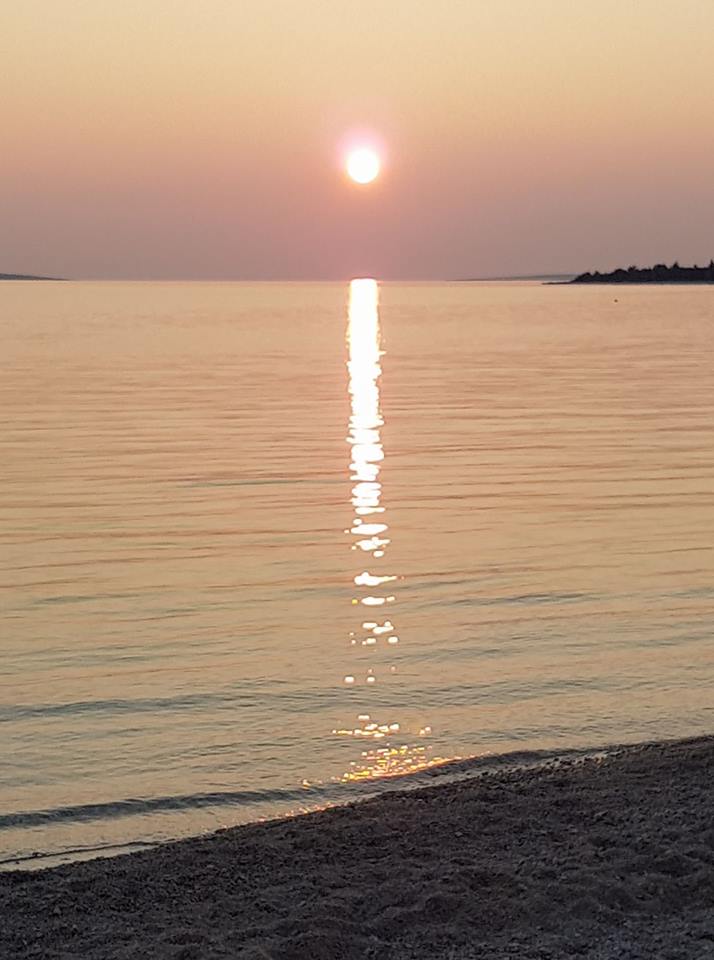
As were the sunsets.
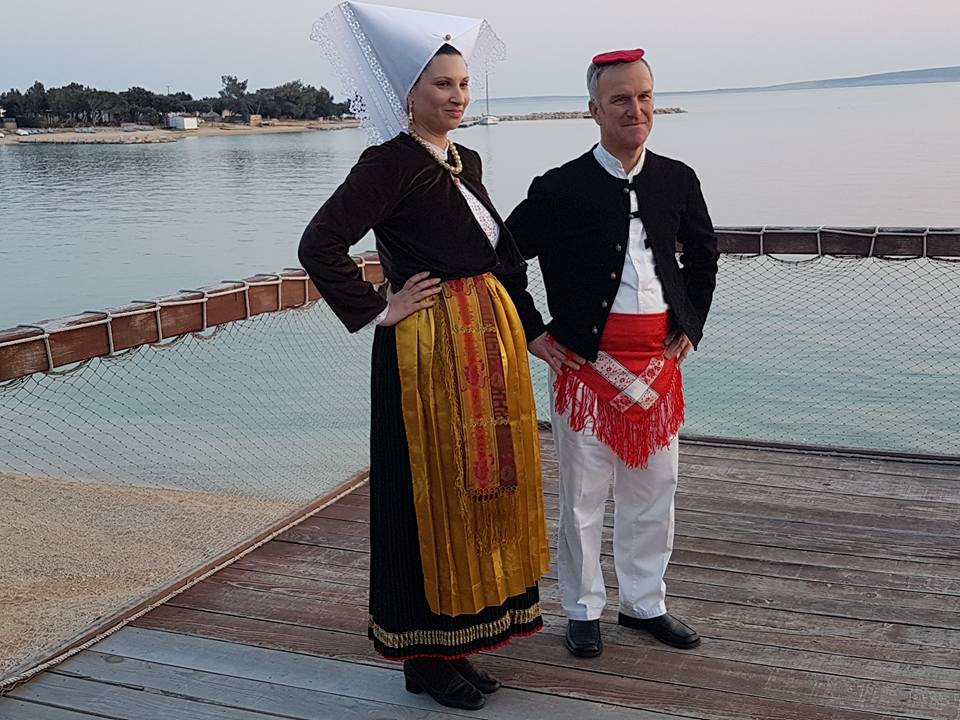
A traditional Pag welcome kicked off dinner, during which we had a presentation from the owner about a rather ambitious plan to turn Pag into one of the premier luxury destinations on the Adriatic coast.
Check out the Pag Golden Coast project in the presentation video above (in English) - it certainly looks amazing. How realistic or far down the line they are with the plans, I have no idea.
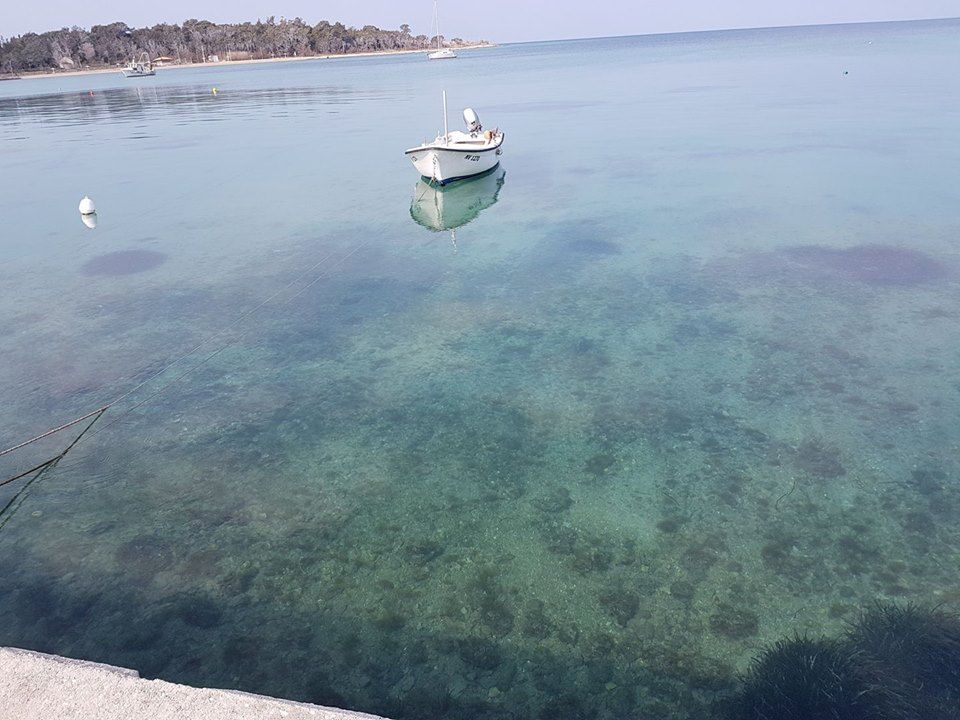
Day 2 kicked off with a walking tour of Novalja, the party town close to that famous Zrce beach. It was hard to tear oneself away from the crystal-clear waters of the Adriatic after a year of living in continental Croatia, but when you have a geeky colleague such as Nikolina, tear yourself away you must. For one of the things she was most looking forward to seeing on this trip was this...
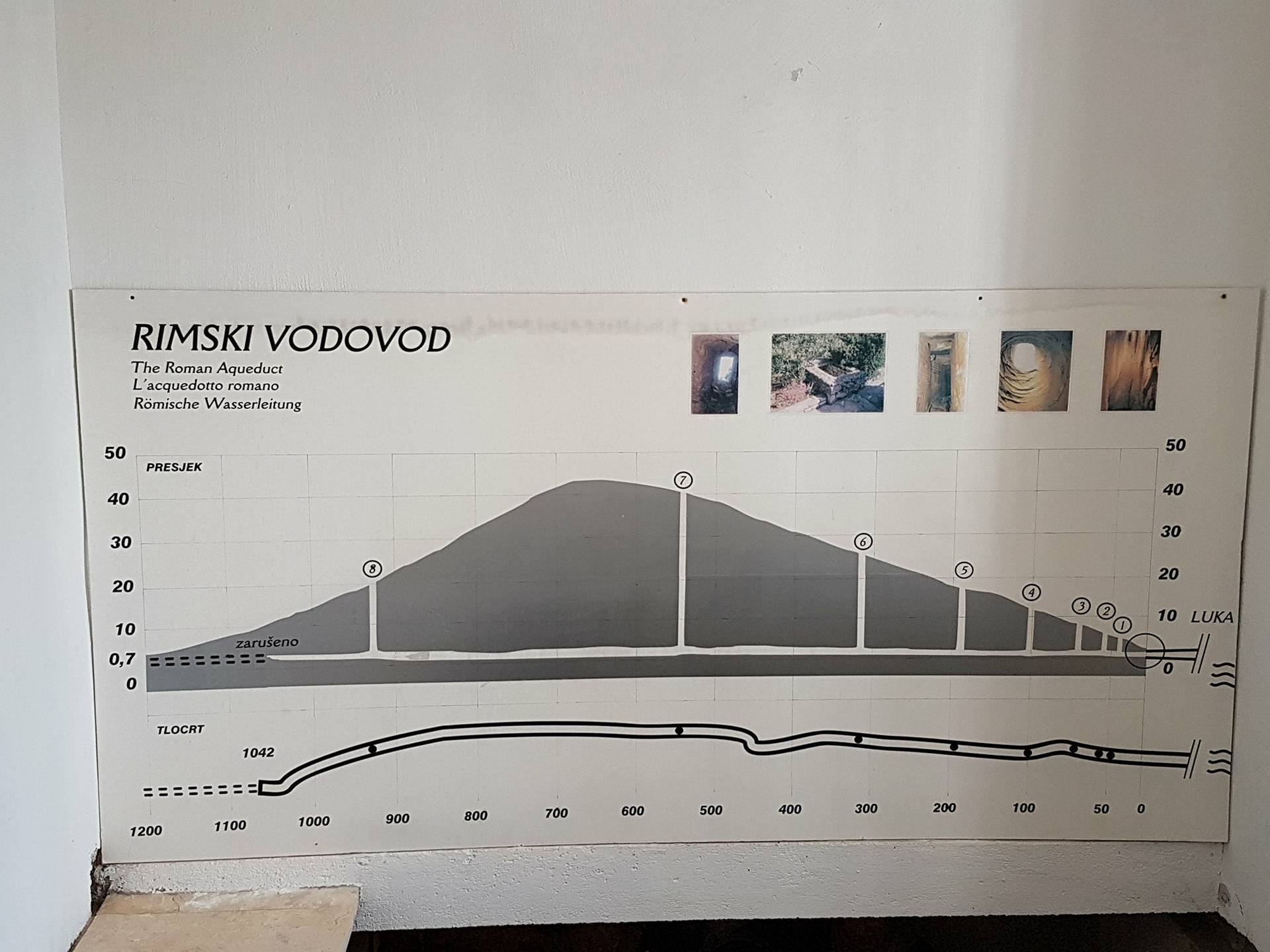
An extraordinary Roman aqueduct built far below the town of Novalja, a true historic treasure which goes unnoticed by 95% of visiting tourists. To learn all about it, down to the finest geeky details, I had you over to Nikolina.
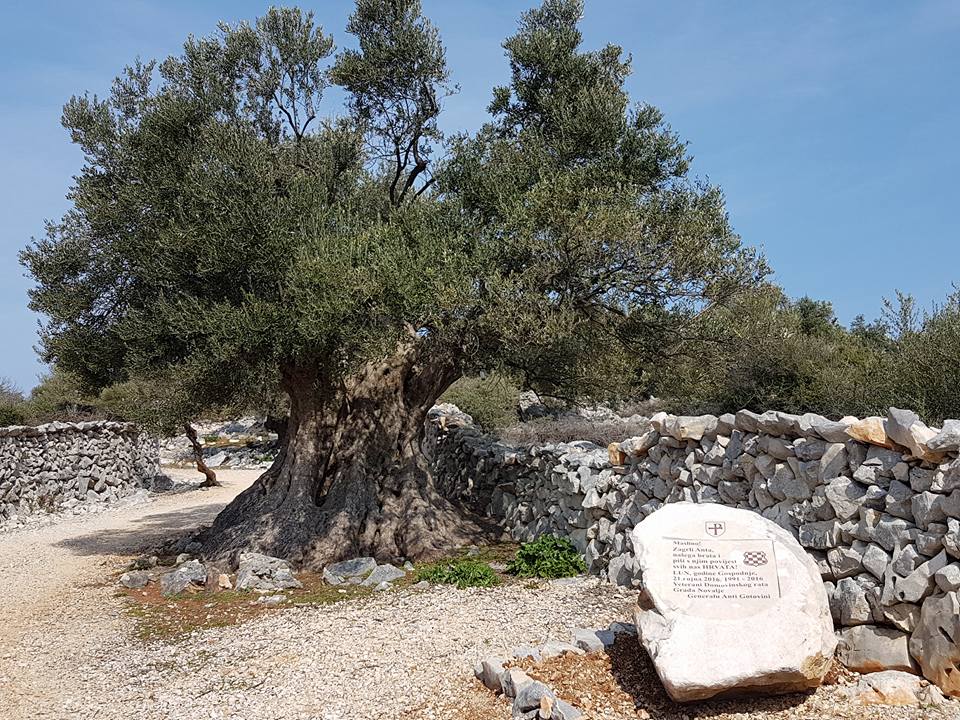
And then, just when you thought the contrasts of this highly unusual island could not get any starker, the highlight of the entire trip, the quite fabulous wild olive groves of Lun. If had had Bench Envy in Pag Town, that was nothing compared to Olive Envy after a decade of being a Dalmatian son-in-law.
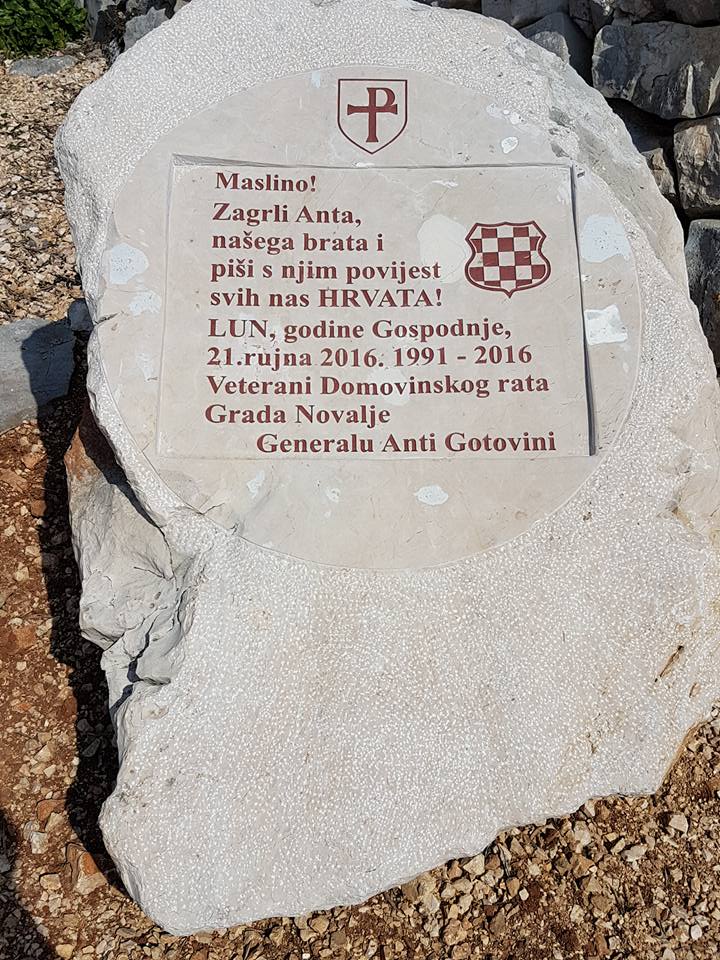
A stone memorial by this 1600-year-old olive tree to General Ante Gotovina, for protecting the trees and locals during the Homeland War. And with more than 1000 olive trees aged over 1000 years, the secrets of the olive trees of Lun must be plentiful. It was interesting to note that, as majestic as the 80,000 olive trees are, their growth has been affected by our old friend, Pag salt, which has infiltrated itself into the trees and reduced their growth rate to about 1mm a year. Finer olive trees I have never seen, and you may be surprised to learn that young Nikolina felt inspired to write an ode to the olive trees of Lun. One of the finest things I have seen in Croatia.
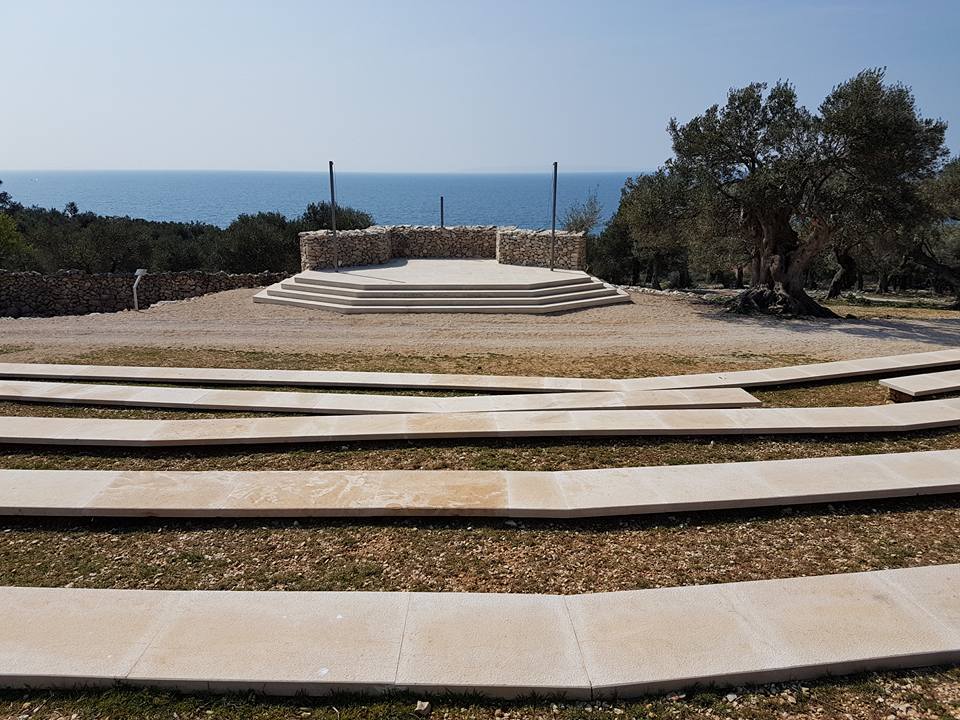
This being Pag, it would seem only natural to find in the middle of a wild olive grove something as natural as an... amphitheatre.
And not just an amphitheatre to sit at and enjoy the view, but one which plays an important part in the Pag Cultural Summer. Here is Croatian cellist Ana Rucner performing in Lun, for example.
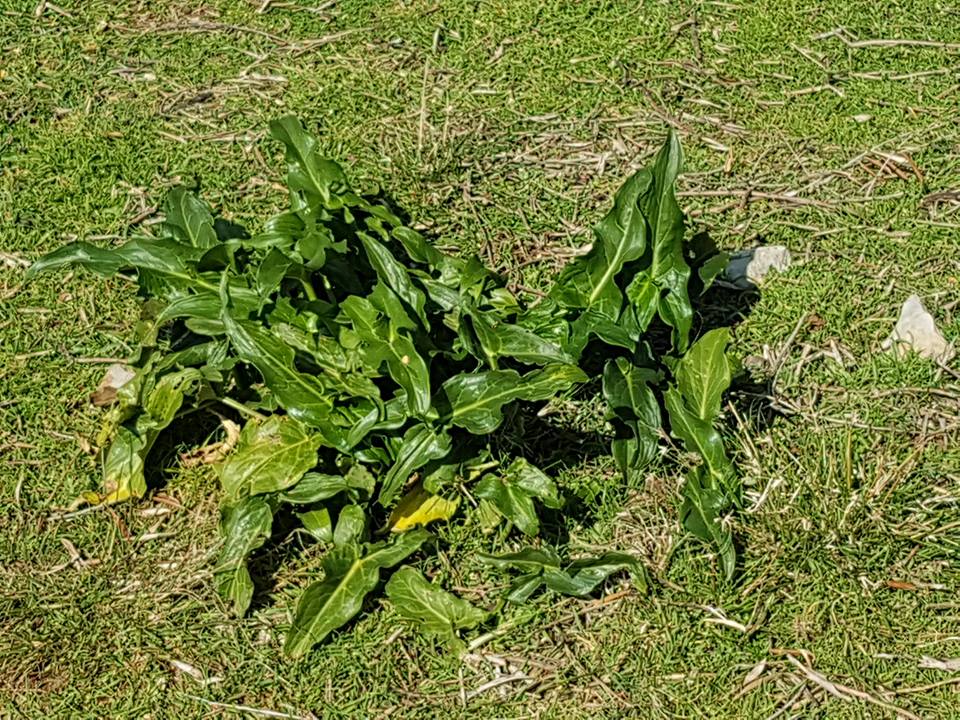
Some of the vegetation was rather curious, and our guide pointed out the wild blitva, which grows around the olive trees. Not eaten by humans, it is only served to pigs if there is nothing else to eat. It is good to see that my well-known aversion to blitva is not without merit...
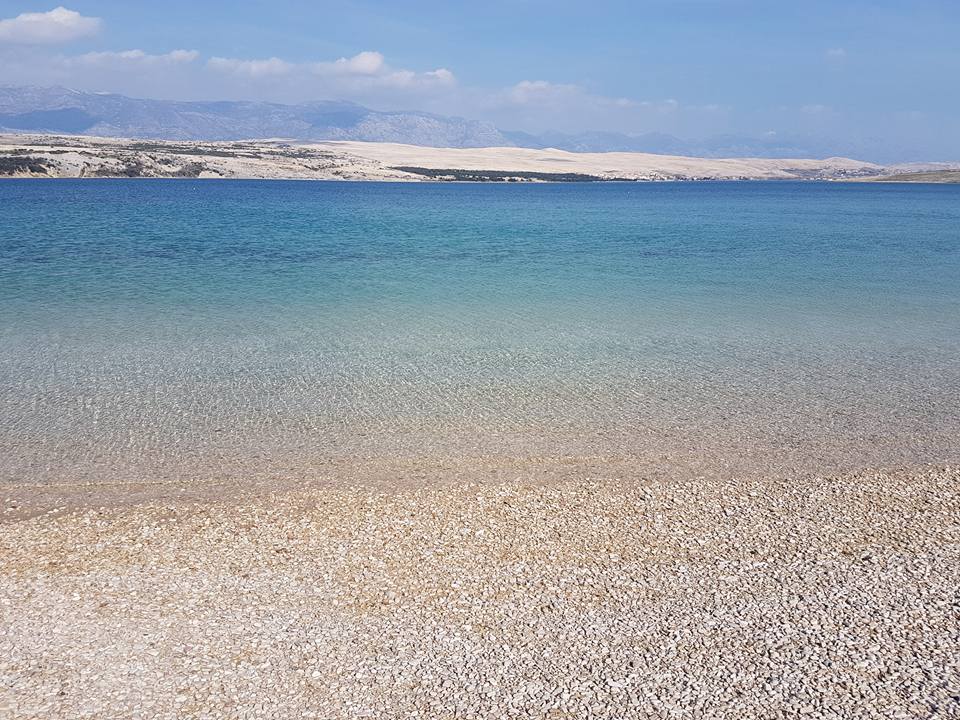
But what is a trip to Pag without a visit to the famous party beach of Zrce? I have to say it was rather appealing at the end of March, with almost nobody about. And with its location out of town, I can see the advantages of bringing the party here rather than downtown Hvar Town, for example.
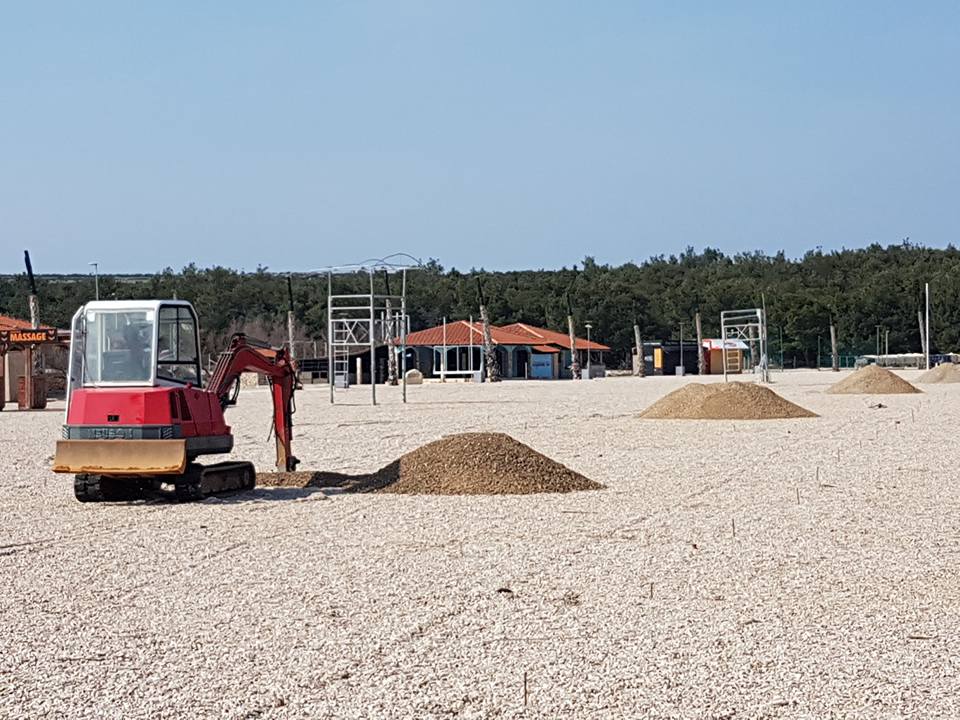
Works were ongoing for Season 2018. I suspect I might not like at as much in mid-July.
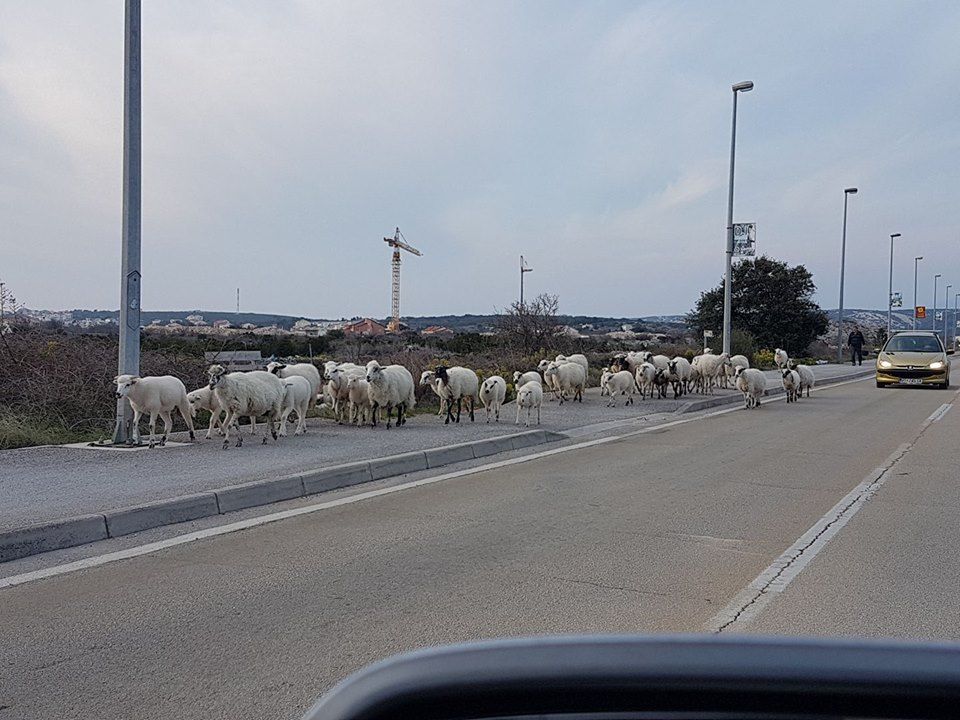
And wherever we went, they were there, roaming free - the 35,000 sheep, whose cheese and meat have put Pag on the global culinary map.
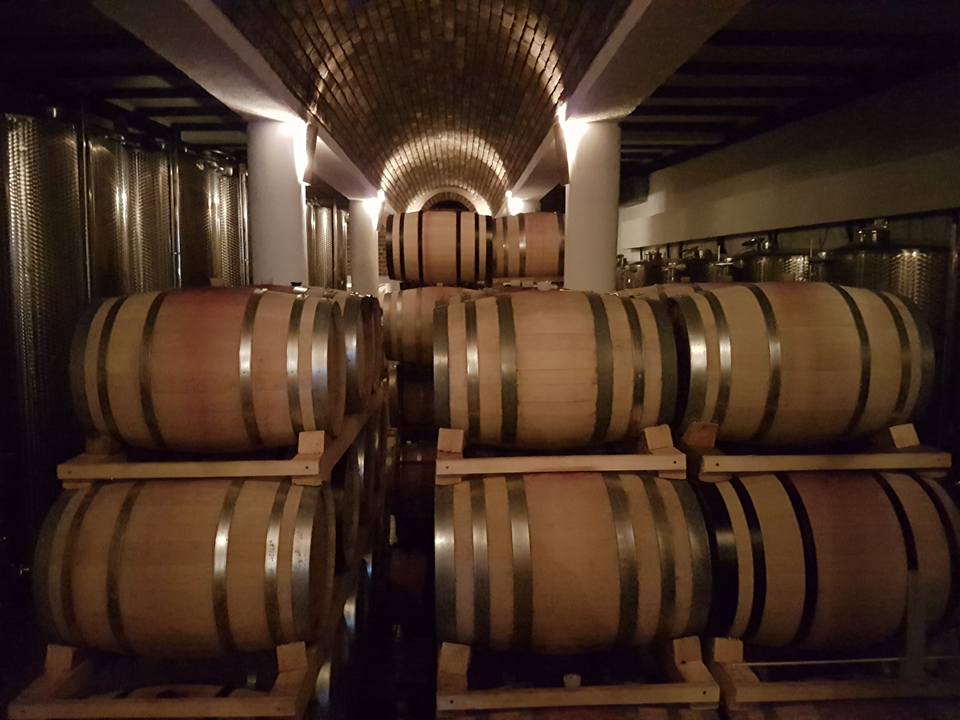
As has our final stop on Day 2, one of the finest hospitality experiences I have been invited to enjoy in Croatia. Boskinac.
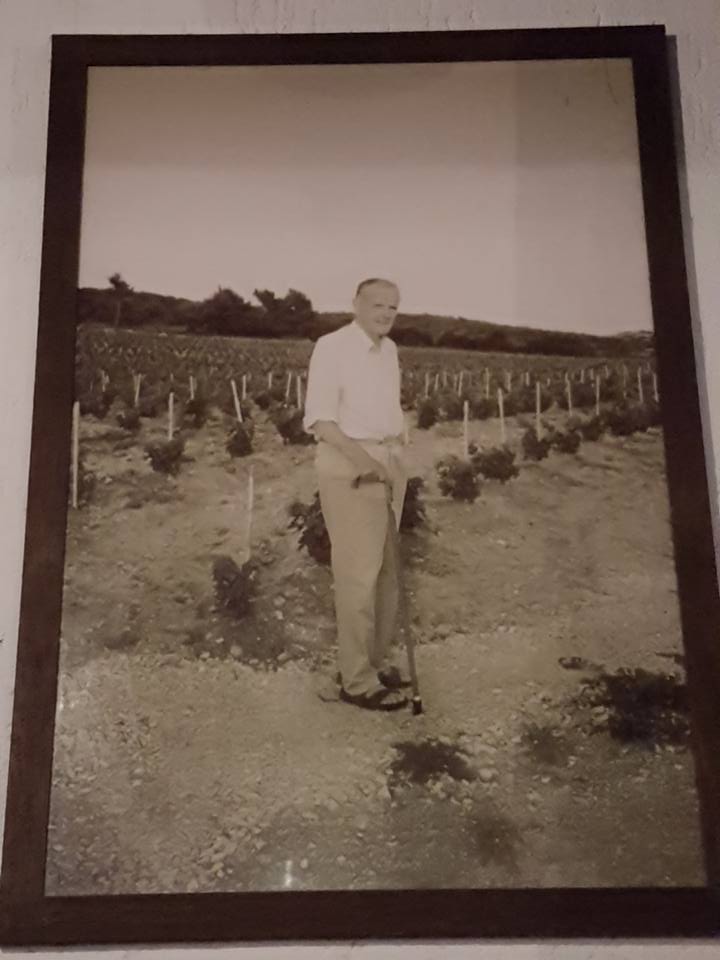
Nikolina obviously felt so too, for she wrote a great piece on our night with the pride of Pag hospitality. Speaking of pride, I wondered how the old man must have felt, looking down at his son explaining the Boskinac story to this assembled group of journalists, a truly outstanding project which he started.
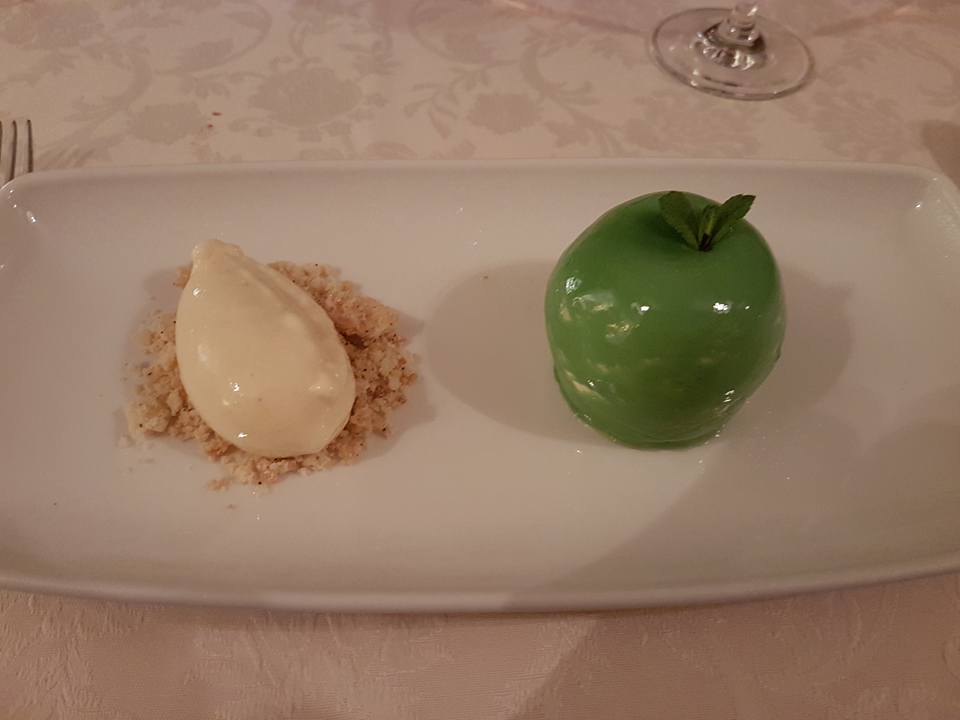
Nikolina took you through the menu in the link above, but I was curious about the menu, especially the dessert. Pag apple? What the hell was that? I had to wade through four excellent courses to find out, but what a fabulously well-presented and innovative way to finish a dinner which lingers on long in the memory still - a fruit-shaped flavour bomb of sage mousse served with homemade ice cream, complete with piece of apple inside.
Pag is the island of bura, cheese, lamb and party. But it is also an island of so much more. Deserving of the title of Most Diverse Croatian Island?

